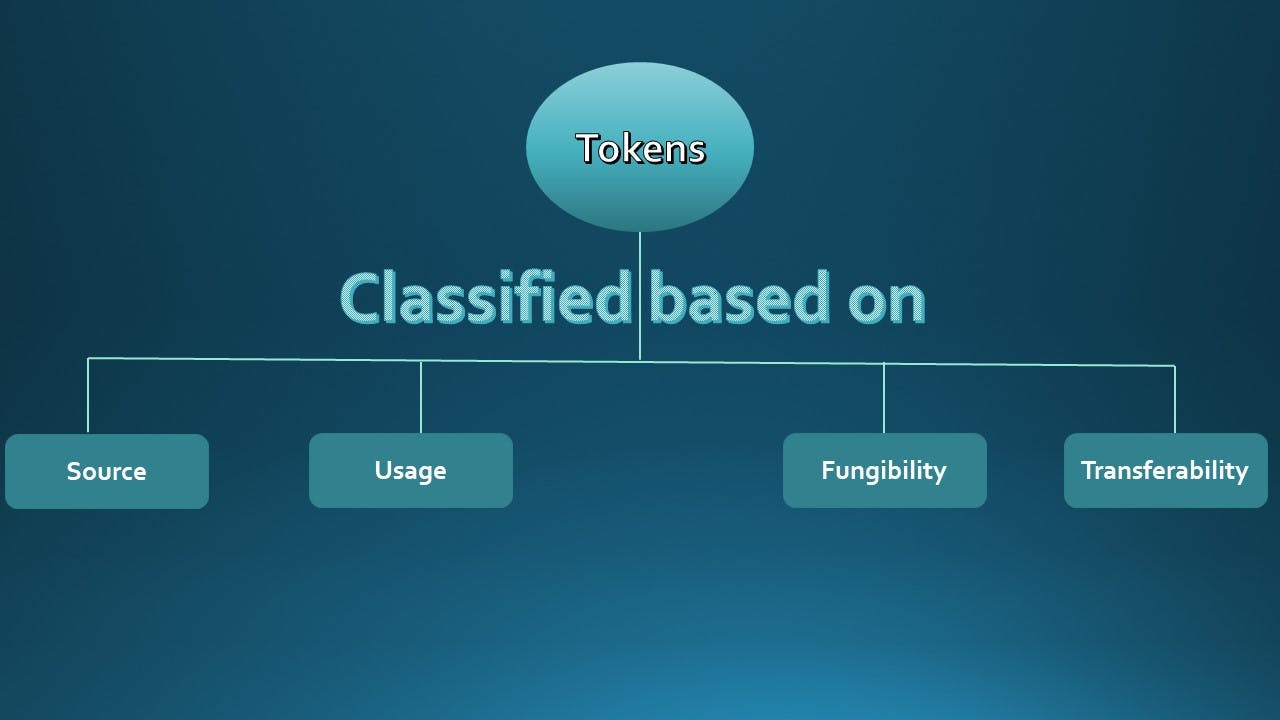Image by Chetraruc from Pixabay
Recap
Last week we explained
Incentives
Ownership of Tokens
Incentives are used to motivate or direct the activities of relevant players of an ecosystem to contribute to the ecosystem they are involved in. In a corporate setup, these are done through rewards in cash or kind.
In the crypto ecosystem, these incentives are driven through tokens.
We then explained at a very high level, the concept of share ownership in a company & shares are
Divisible &
Tradeable
Shares ownership gives the holders a say in the activities of the company. So, it facilitates interaction between the company & its shareholders.
We then introduced the concept of tokens being used as currencies. Let us move forward

Tokens as money
We need to first understand that paper money or coins are also tokens. Why? Because they provide access to economic resources or services. We have to pay money to buy something or get some service. Money can also represent assets or investments.
Money is issued by the Central Bank of a country. The amount of money in circulation (also known as M1 & M2) is determined based on various economic parameters & controlled by Central Bankers. Monetary policy is a set of tools used by Central Bankers to control the supply of money in an economy.
Comparing tokens with money,
A token should be issued by an entity like "private money". Money is issued by Central Banks
It should have a platform where it "resides" or can be carried on. In the case of money, it is the economic & monetary system where the currency is issued.
It should be meaningful for the platform or use case. The major use case of money is as a medium of exchange
It should have some value. Money is used as a store of value.
There should be some asset or service which can be bought or sold with this token. We can buy or sell any asset or service in return for money (as a unit of account which in turn ties with its use as a store of value and medium of exchange).
Token Types
Let us now explore token types. Tokens can be classified based on multiple criteria. Let us focus on some major ones

Classification based on the source system where the token is issued :
Protocol Tokens &
Application Tokens
Classification based on token usage :
Utility Tokens &
Equity Tokens
Classification based on token fungibility
Fungible Tokens &
Non-Fungible Tokens
Classification based on transferability of tokens :
Transferable
Non-transferable
Based on the source system
In a typical crypto ecosystem, there is
The base system - the underlying Blockchain like Ethereum, Bitcoin etc &
Decentralized applications or DApps built on top of the Blockchain
It is more like the app store maintained by Apple and the apps built by independent developers on top of it.
We become part of the App store at the base level by buying an Apple device (iPhone, Ipad etc) and we pay for the app separately in the app store. With that in mind, read on...

Protocol Tokens
Tokens that are intrinsic to a Blockchain & issued as part of the underlying infrastructure are called protocol tokens. Such tokens are issued to pay miners fees for block validation, transaction fees, keeping the network safe or keeping track of resource consumption (paying for gas fees via ether). Bitcoin & ether are the two most popular protocol tokens. These tokens are the currency of the Blockchain they are part of.
Application Tokens
These tokens are intrinsic to the application issuing the tokens. Applications are software that runs on the Blockchain platform. They are not part of the underlying Blockchain. Applications mostly issue tokens for
Funding - through ICOs (Initial Coin Offerings)
Providing access to a resource or service to the token holders - monetizing the application where users buy tokens to get such access
Funding
We all know about IPOs (Initial Public Offerings) where companies issue shares to the public for the first time. The public then buys those shares & provides the company with the necessary funding for operations &/or investment.
In a similar vein, crypto projects or companies also require funds for growth & for this purpose, they issue coins instead of shares and hence the name Initial Coin Offering. Unlike shareholders, token-holders may not have ownership rights based on their tokens. It depends on the terms of issuance. More on this under Equity Tokens.
Access Rights
Tokens provide access to the features of the applications which issued those tokens. Users purchase tokens to get this access.
Based on Token Usage
Utility tokens
A utility token is a token that has a specific use case within the ecosystem. For example, Voting tokens give voting rights to holders of those tokens. An example is Aave tokens (AAVE) by Aave (a DEFI protocol used for lending or borrowing within the protocol). These tokens are issued on top of the Ethereum Blockchain. AAVE is used as the center of gravity of Aave Protocol governance. AAVE is used to vote and decide on the outcome of Aave Improvement Proposals (AIPs) (Source - here).
Equity Tokens
Where a token represents ownership or control of an entity, these tokens are equity tokens. Equity tokens are like shares depending on their terms of issue. It can be either voting or non-voting tokens. For certain entities like "Decentralized Autonomous Organizations" or DAOs (which we will explore later), the management of these entities is based on governance through voting mechanisms which are undertaken through these tokens.
US Based biotechnology company Quadrant Biosciences Inc. tokenized all its equity in the form of Quadrant Token & offered 17% of its diluted equity via a token sale. It successfully raised $ 13 mio through the issuance of common shares in the digitized form at $1.25 per share. The Quadrant token that resides on its native blockchain represents traditional equity (Source: here)
More on tokens next week.
